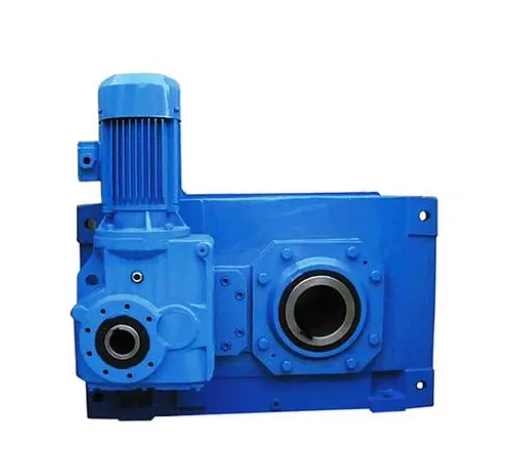Failure analysis and countermeasures of gearbox in cold rolling mill

Failure Analysis and Optimization Countermeasures of Cold Rolling Mill Gearbox In modern industrial manufacturing, as an important metal processing equipment, the cold rolling mill mainly functions to process metal materials into sheets or strips. However, the efficient operation of the cold rolling mill depends on the stability and reliability of the gearbox. As the core component of the transmission system, once the gearbox fails, it can lead to equipment shutdown, decreased production efficiency, and even safety accidents. Therefore, the failure analysis and corresponding optimization measures for the gearbox of the cold rolling mill are particularly important.
Basic structure and working principle of gearbox
Gearboxes typically consist of multiple gears, bearings, seals, and casings. Its main function is to convert the rotational motion of the electric motor into the required speed and torque through gears of different specifications and combinations. The gearbox of a cold rolling mill needs to withstand friction and impact under high load and high-speed operation, requiring it to have good strength and wear resistance.
During the working process, gears mesh with each other to transmit power and achieve speed changes. The design of a gearbox usually involves multiple factors, including material selection, gear meshing angle, bearing type, etc. Every deviation in design details can lead to the failure of the gearbox.
Common causes of gearbox failure
1. Gear wear
Gear wear is one of the most common causes of gearbox failure. During long-term operation, the surface of the gear will gradually wear out due to friction, especially in cases of insufficient lubrication or improper use, where the wear rate will accelerate. Gear wear not only affects transmission efficiency, but may also lead to poor gear meshing, which in turn can cause more mechanical failures.
2. Initial defects
Gearboxes may have initial defects during the manufacturing process, such as material defects, machining errors, etc. These defects are often amplified in actual operation, causing local overload of gears and leading to early failure.
3. Excessive temperature
During the high load operation of the cold rolling mill, the working temperature of the gearbox will significantly increase, especially under poor lubrication conditions. Excessive temperature can lead to a decrease in the performance of the lubricating oil, which in turn can cause increased wear on the metal surface and even thermal deformation.
4. Overload
The production process requirements of cold rolling mills are relatively strict. Once the load exceeds the design limit, the gearbox will bear excessive impact force and torque, which directly increases the risk of failure. Overload situations are common when equipment is aging or processing technology is unreasonable.
5. Poor lubrication
The malfunction of the lubrication system will directly affect the working condition of the gears. The viscosity, cleanliness, and selection of additives of lubricating oil will have a significant impact on the degree of gear wear. If lubrication is poor, it will lead to direct contact between metals, causing serious wear and failure.
Specific cases of failure analysis
In a large cold rolling mill, the gearbox experienced multiple failures during its five-year operation. After detailed failure analysis, it was found that the main problems occurred in the following areas:



